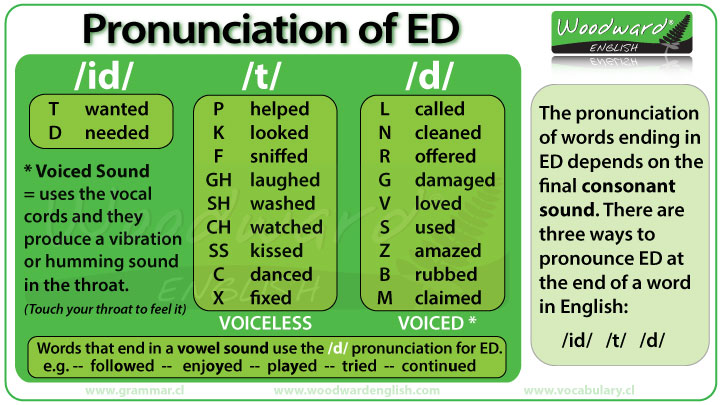Erectile dysfunction (ED) is a prevalent condition affecting millions of men worldwide, characterized by the inability to achieve or maintain an erection enough for passable sexual performance. This condition can have profound psychological, relational, and physical implications. As the global inhabitants ages, the incidence of ED is expected to rise, making efficient treatment choices increasingly important. Among the varied treatments out there, oral pharmacotherapy has gained prominence due to its comfort, efficacy, and relative security. This article explores the mechanisms of motion, efficacy, and future instructions of erectile dysfunction treatment pills.
Understanding Erectile Dysfunction
Erectile dysfunction can arise from a mess of factors, together with psychological points (akin to anxiety and depression), neurological disorders, hormonal imbalances, and vascular issues. The physiological mechanism of an erection involves a fancy interplay between the nervous system and vascular system, whereby sexual arousal results in increased blood move to the penis, leading to engorgement and erection. Any disruption in this course of can lead to ED.
Mechanisms of Motion of ED Pills
The most commonly prescribed oral medications for ED are phosphodiesterase type 5 (PDE5) inhibitors, which embrace sildenafil (Viagra), tadalafil (Cialis), vardenafil (Levitra), and avanafil (Stendra). These medications work by inhibiting the enzyme phosphodiesterase sort 5, which breaks down cyclic guanosine monophosphate (cGMP), a molecule that promotes relaxation of clean muscle and vasodilation within the penis.
- Sildenafil (Viagra): Authorised by the FDA in 1998, sildenafil was the primary oral medication for ED. It enhances the effects of nitric oxide, a natural chemical the body produces in response to sexual stimulation. By preventing the breakdown of cGMP, sildenafil allows for elevated blood stream to the penis, facilitating an erection. erectiledysfunctiontreatments.online
- Tadalafil (Cialis): Accepted in 2003, tadalafil has a longer half-life than sildenafil, permitting for a more prolonged impact. It may be taken every day in lower doses or as needed earlier than sexual exercise. Tadalafil's longer duration of action gives flexibility for males who desire spontaneity of their sexual encounters.

- Vardenafil (Levitra): Similar in action to sildenafil, vardenafil is noted for its fast onset and effectiveness. It is also available in an orally disintegrating tablet kind, which will be extra convenient for some users.
- Avanafil (Stendra): The newest PDE5 inhibitor, avanafil, provides a rapid onset of action, with results observed as quickly as quarter-hour after ingestion. This makes it appealing for those who desire rapid results.
Efficacy of ED Pills
Clinical research have demonstrated the efficacy of PDE5 inhibitors in treating erectile dysfunction. Meta-analyses have shown that these medications can enhance erectile operate in a big proportion of men, with response rates ranging from 60% to 80%. The effectiveness can range based mostly on the underlying cause of ED, with psychological causes often responding higher than organic causes.
In addition to improving erectile perform, these medications can improve general sexual satisfaction and quality of life. Many males report increased confidence and improved interpersonal relationships following treatment. Nonetheless, it is important to notice that these medications don't cure ED; they provide symptomatic relief and require sexual stimulation to be effective.
Security and Unintended effects
PDE5 inhibitors are generally effectively tolerated, but they may cause negative effects, including headache, flushing, nasal congestion, dyspepsia, and visual disturbances. Rare however severe unintended effects embrace priapism (a prolonged and painful erection) and cardiovascular events, notably in males with pre-existing heart situations. Therefore, it is essential for patients to endure a thorough medical evaluation before beginning treatment.
Patients ought to be suggested to avoid taking these medications with nitrates (commonly prescribed for angina) due to the risk of extreme hypotension. Moreover, warning is warranted in males taking alpha-blockers or those with certain medical circumstances.
Future Directions in ED Treatment
Whereas PDE5 inhibitors have remodeled the treatment landscape for ED, ongoing research is focused on creating new therapeutic choices and enhancing present treatments. Some promising avenues embody:
- Gene Therapy: Analysis is underway to explore the potential of gene therapy to appropriate underlying causes of ED, significantly in instances related to nerve injury or hormonal imbalances.
- Stem Cell Therapy: Stem cell therapy could offer regenerative potential for penile tissue and vascular repair, addressing the root causes of ED.
- Combination Therapies: Combining PDE5 inhibitors with different treatment modalities, akin to vacuum erection devices or penile injections, might improve efficacy, notably in patients with more extreme ED.
- Psychological Interventions: Given the significant psychological part of ED, integrating cognitive-behavioral therapy and counseling into treatment plans might enhance outcomes for many patients.
- Novel Pharmacological Agents: Different pharmacological agents, equivalent to soluble guanylate cyclase stimulators and melanocortin receptor agonists, are being investigated for their potential function in ED treatment.
Conclusion
Erectile dysfunction is a multifaceted situation that can significantly affect a man's high quality of life. Oral treatment options, notably PDE5 inhibitors, have revolutionized the administration of ED, providing effective and handy solutions for a lot of males. As analysis continues to advance, the way forward for ED treatment promises to broaden past current pharmacotherapies, incorporating revolutionary approaches that deal with each the physiological and psychological parts of this situation. Continuous training and open communication between healthcare suppliers and patients stay essential to ensure that men receive the most acceptable and efficient care for erectile dysfunction.
